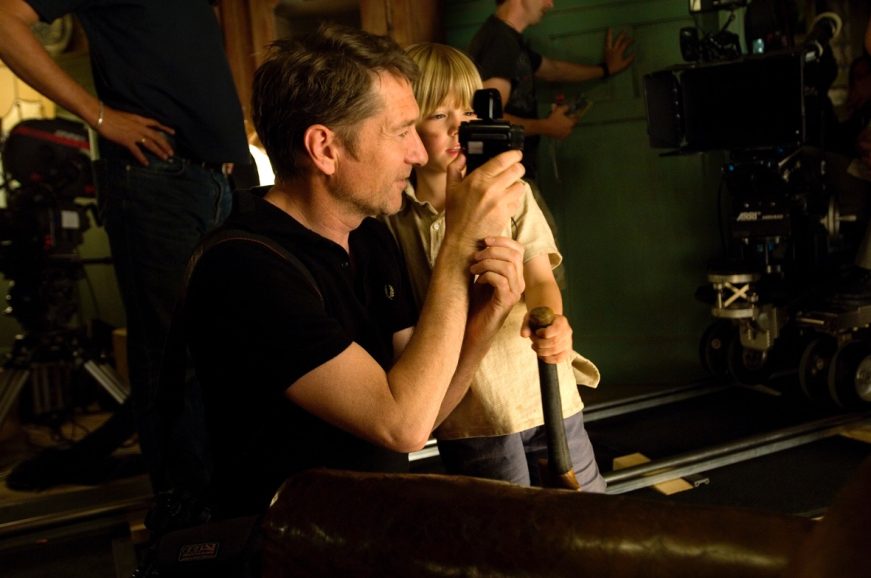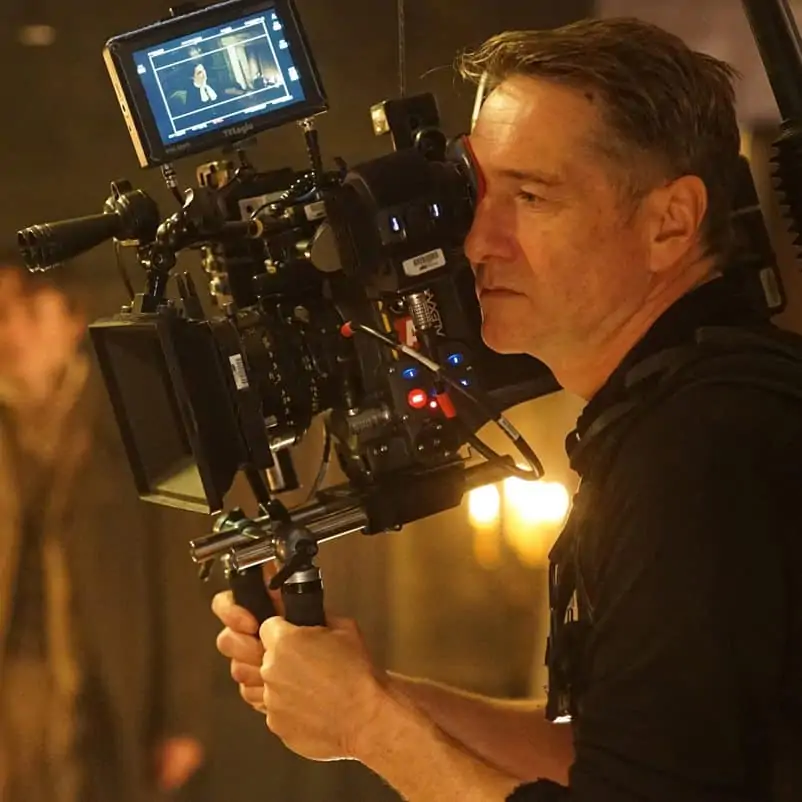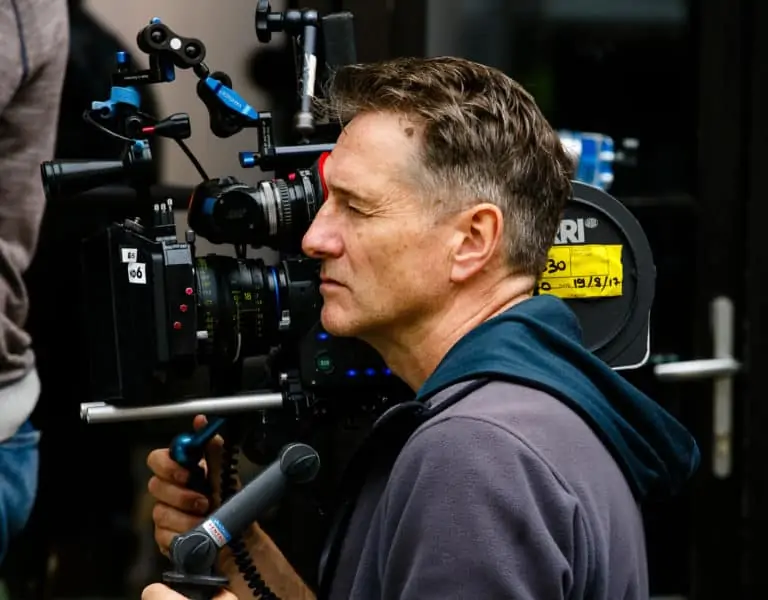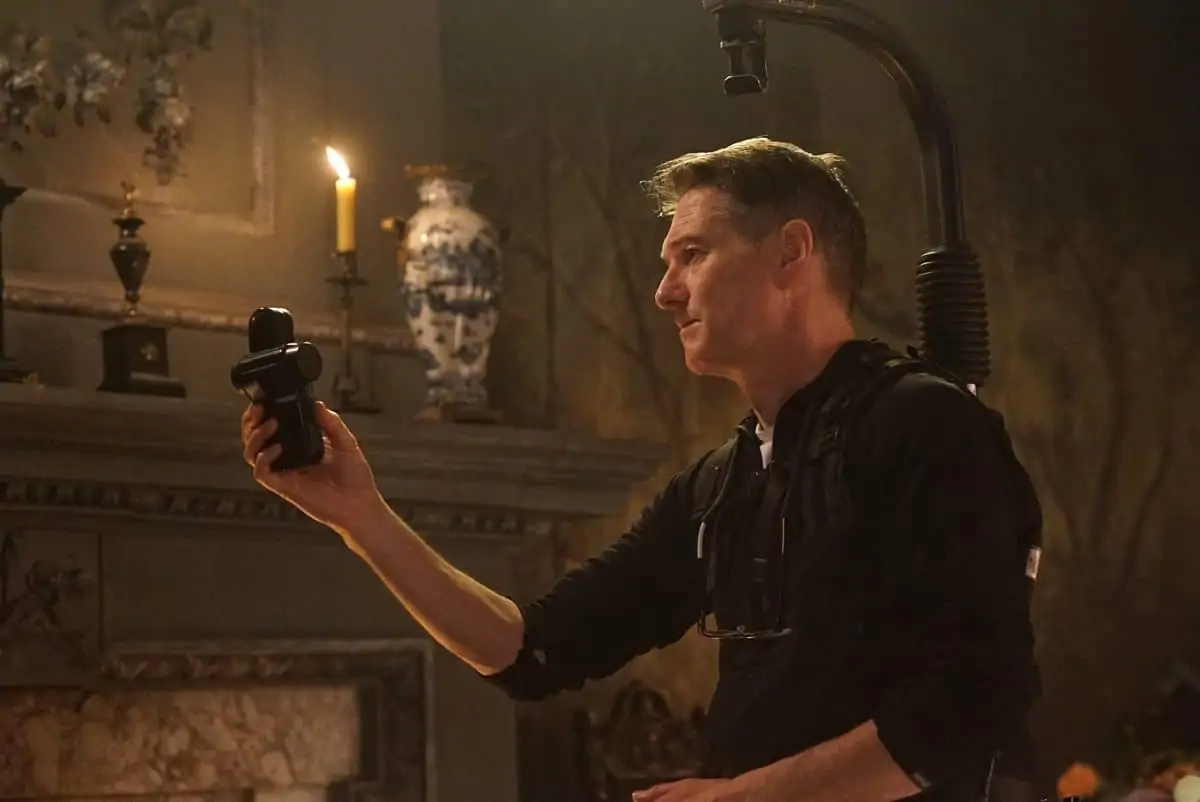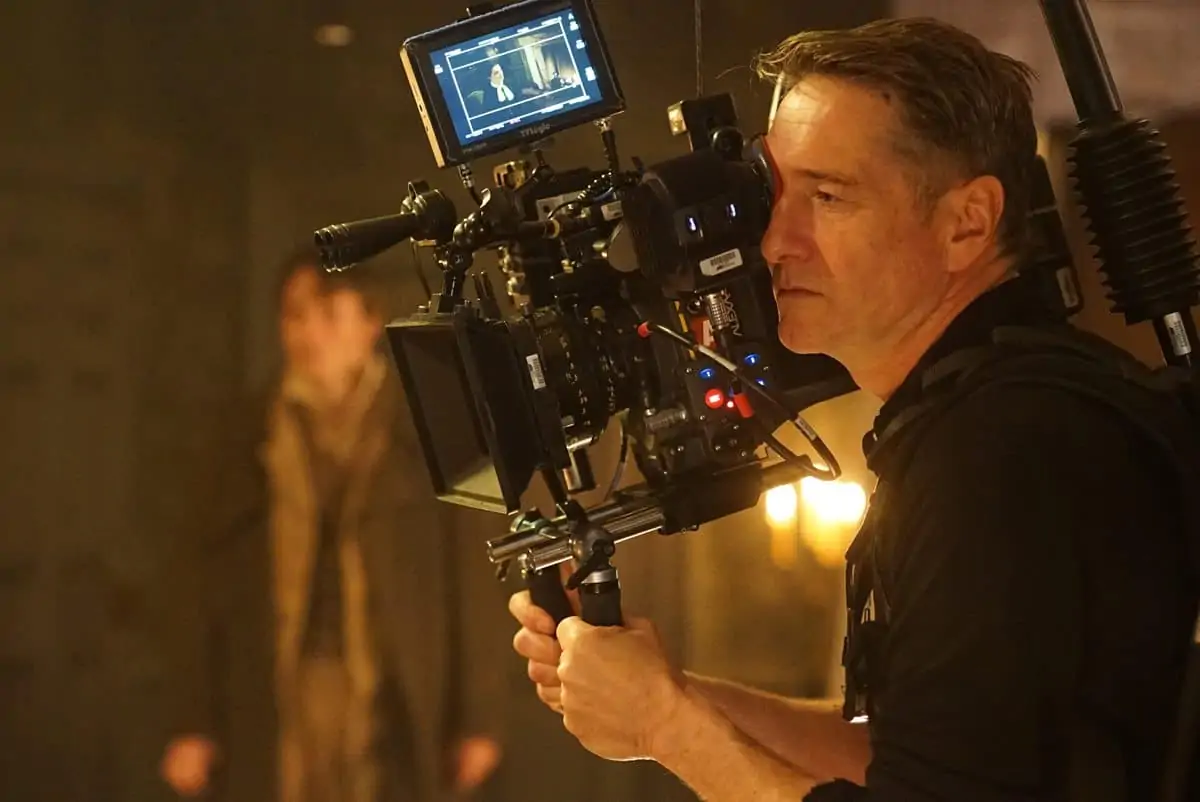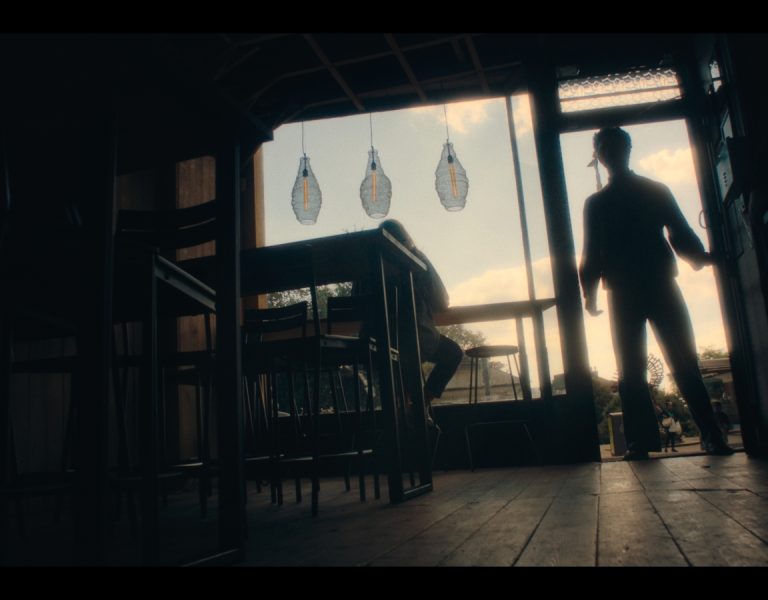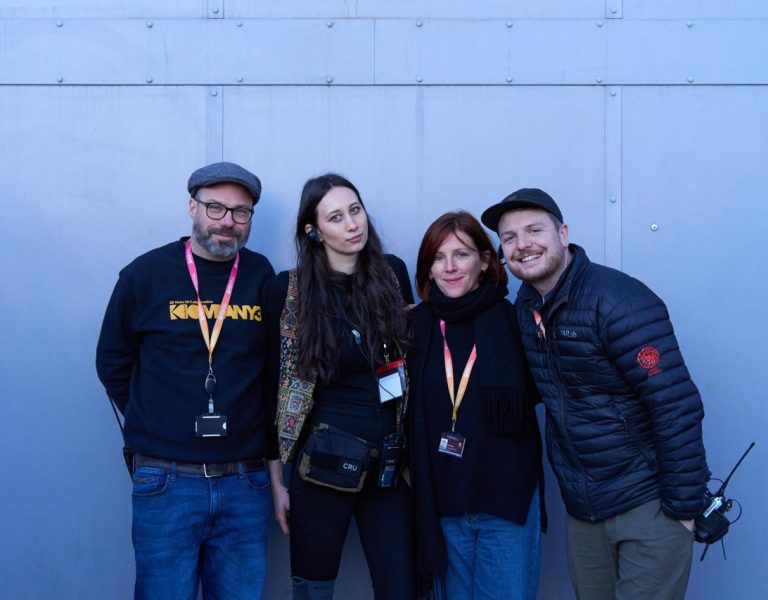WINNING TOUCH
Mike Eley BSC’s distinguished career has taken him from the cutting room to the highest ranks of the camera department – not to mention a stint as BSC President.
The foothills of Mike Eley BSC’s career began in the cutting room. There he assembled 16mm film to edit in the days when chinagraph pencils and rubber bands were the tools of the trade. It’s an experience he thinks helped him transition to a distinguished career shooting documentaries, features and television drama.
“One great piece of advice I learned was to shoot for rushes,” he says. “Shoot with an awareness of how an editor will put a scene together. Have you got the cut away? The reverse? The greatest compliment from an editor is when they thank you for giving them the choice.”
He left school at 16 with few qualifications and even less clue about what he wanted to do. “I had no connection to the film industry and the term cinematographer would have meant very little to me.”
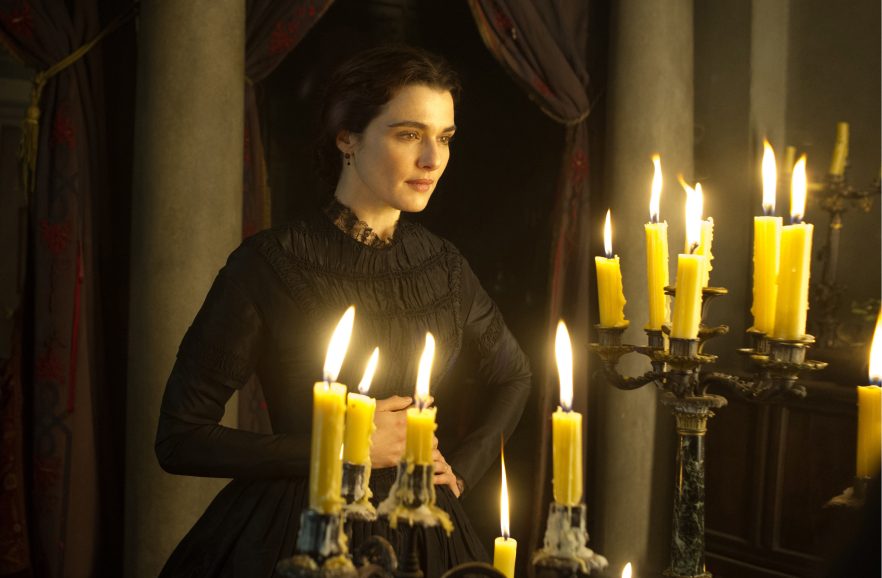
He went to the cinema, of course. Zulu (1964) was the first big screen experience he can remember (“I was five or six and still can’t believe my parents took me”) where the class conflict between Stanley Baker and Michael Caine’s characters stuck in the mind as much as the battle spectacle.
“Butch Cassidy and the Sundance Kid (1969) was the first film that made me fall in love with cinema. I was 11 and I was alone in the cinema on a hot summer afternoon. I fell in love with the idea of going into a big dark room and watching a story unfold.”
For the sake of having something to do, he enrolled on a local foundation course and “discovered” photography. “I had no great artistic talent to speak of but I enjoyed the process of creating images in the dark room,” is his typically humble response.
At Leeds Polytechnic, studying graphic design, he found the film department and was embraced by its tutors. “In the late ‘70s when colleges couldn’t get students interested in film for love nor money, they grabbed me and put a 16mm camera in my hands.”
Using film stock provided by nearby BBC Leeds, the student Eley went out and shot documentary shorts and graduated wanting to be a film editor. He landed a job in the cutting room of Aspect Films on Old Compton Street, a small crew at the coal face of documentary shoots as broadcasters began to outsource work for the first time.
“While they would go out and shoot for Panorama, Blue Peter or Alan Whicker travel shows I was in the cutting room,” he says. “My head was turned by the chance of travel.”
Eley’s wish to be camera assistant was granted. “They exploited me horrendously,” he smiles, “I was camera assistant and assembly editor, often synching up the rushes to which I would have put boards on location. In retrospect it was a fantastic learning curve.”
He elaborates, “The cutting room is a great place for any cinematographer to see what the editor has to deal with. You’ll be surprised by the things you thought might have worked but don’t quite hang together or those things you never expected to make the cut that become the cornerstone of a scene.”
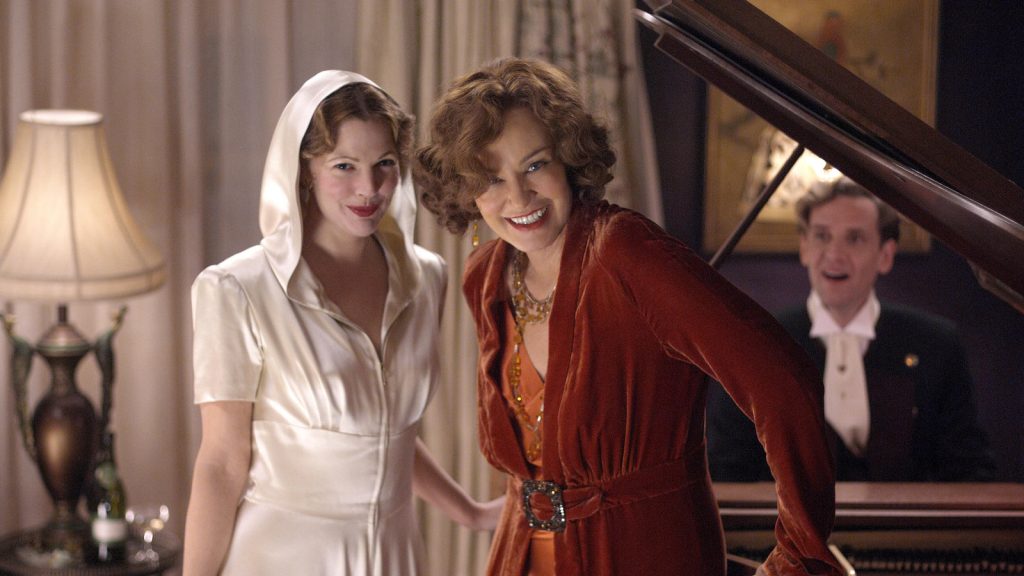
Freelance foray
In 1987, after seven years with Aspect, he went freelance as a camera operator specialising in documentaries. He operated solely within the world of documentaries, shooting for C4’s Cutting Edge strand, The South Bank Show and PBS series Nature. “It suited me psychologically to be the fly on the wall. I enjoyed being the person behind the camera who almost goes unnoticed and just observes. Just me communing with that ground glass through the viewfinder shooting with an Aaton.”
There was also a purity in documentary production that he only truly began to appreciate later when shooting drama. “Although you were with the director on location, you had an autonomy which I loved. You were calling the shots and I’ve always mourned the loss of that. I’ve tried to bring that into my work as a movie cinematographer but it’s not always successful – or appropriate – but that is me, in my happy place.”
At this stage he had no ambition to shoot features. The late ‘80s into the ‘90s saw many British directors cut their teeth on documentaries who later successfully transferred the aesthetic and techniques to feature film with the help of trusted DPs like Eley.
They included Paul Greengrass (for whom Eley shot second unit on United 93), Susanna White (with whom Eley picked up an Emmy nomination for the 2006 BBC adaptation of Jane Eyre), Kevin MacDonald (with whom Eley made Touching the Void) and Ken Loach.
It was with Loach that Eley made the leap to drama and, like the later call up to United 93, it was Barry Ackroyd BSC who paved the way.
“Barry was a pivotal figure for me. Although a few years older than me, we had very similar career trajectories.”
In 2000, committed to another project, Ackroyd proposed Eley for The Navigators. Loach’s film about a gang of railway workers in Sheffield was Eley’s first proper work on a film set with call sheets and actors.
“It was a nice introduction because Ken is a lovely man and he doesn’t make films the way other directors do.”
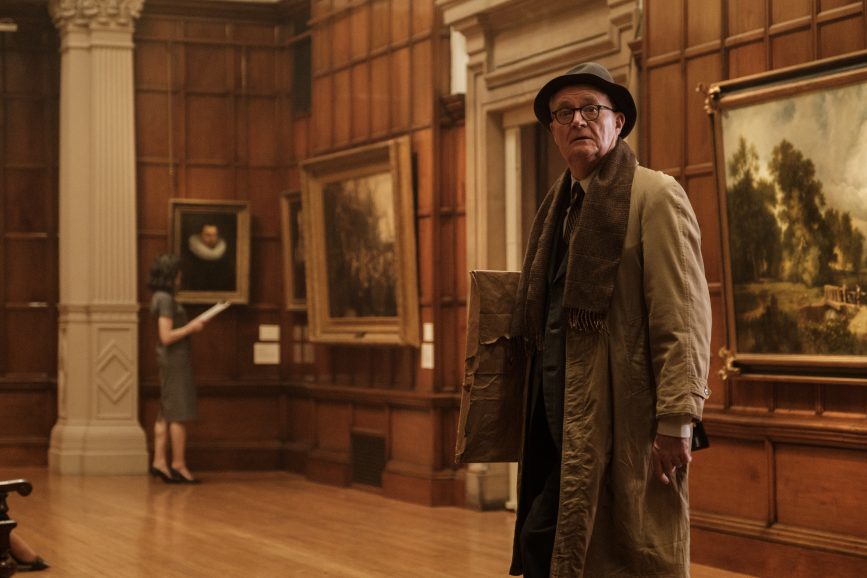
Big break
But it didn’t open the floodgates. Ironically it wasn’t until feature documentary Touching The Void gained a nationwide release and critical acclaim in 2003 that Eley began to be recognised outside of broadcast. The shoot itself was tough and entailed filming 35mm panoramas in the same area of the Andes where the mountaineers had got into trouble, then with actors in the Italian Alps. Eley received a BIFA for Best Technical Achievement.
“Although it later became a big cinematic hit, at the time we didn’t know quite what we were making,” he says. “It got me an agent and that changed everything.”
He also turned projects down. “The agent sent me scripts and I shudder to think what my reaction was. I didn’t quite realise the etiquette which is that you turn things down with some grace if you can.”
Still without a “burning ambition” to make dramatic features, Eley also found that the broadcast documentary landscape had shifted away from journalistic stories to more reality formats.
“The kind of things I was interested in were not being made anymore. But because I had this lengthy doc experience, and producers and directors of scripted drama were starting to look for people with that experience, I was aware I had a valuable currency.”
Documentaries had evolved over the decade to the point where, as in Touching The Void, the DP was required to light certain scenes with depth and for more dramatic effect.
“Shooting night exteriors on docs, I knew when to use practicals, where to put a key light and when to add fill or reflectors. So I was across the principals of lighting but movies took this to another level. It would probably have terrified me then if I was aware of what I didn’t know.”
He re-teamed with White for her debut feature Nanny McPhee and The Big Bang (2010). A few years later, he lensed her BBC/HBO TV series Parade’s End earning him a second Emmy nomination, followed by Woman Walks Ahead, starring Jessica Chastain.
In 2007, he shot Michael Sucsy’s HBO film Grey Gardens, his work reaping a third Outstanding Cinematography In a Miniseries or Movie Emmy nod. In 2012, Clio Barnard invited Eley to photograph her highly acclaimed feature The Selfish Giant.
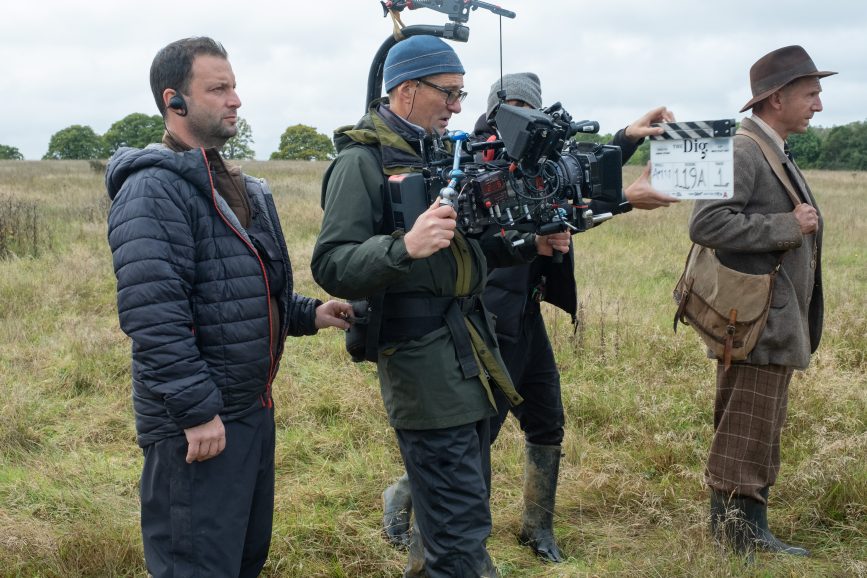
Key collaborators
He first met director Roger Michell on Notting Hill (1998) for which Eley shot what became the opening credit sequence (a job he landed having previously shot a documentary with star Julia Roberts) and later partnered on Michell’s own screen adaptation of Daphne Du Maurier’s My Cousin Rachel (2017) starring Rachel Weisz and the 2019 feature Blackbird starring Susan Sarandon, Kate Winslet and Sam Neill. In 2020, Eley shot what was to be Michell’s last film, The Duke starring Helen Mirren and Jim Broadbent.
“Working with Roger was always an undiluted joy. He was a visionary director, always trying to get the circus of filmmaking out of the way and always up for experimenting and searching for a signature look to his films.”
On Michell’s two-part ITV film The Lost Honour of Christopher Jeffries (2014) Eley recalls a moment when the focus puller didn’t quite pull focus immediately from the boards to the actor (Jason Watkins) leaving the shot out of focus.
“Roger said, ‘I love it!’ And that became our look for that show. We’d start scenes a little out of focus or allow a shot to drift off. He always kept you on your toes, did Roger.”
The film won Eley a BAFTA.
Eley also shot Ralph Fiennes’ third feature as a director, The White Crow (2018) about Russian ballet dancer Rudolf Nureyev. Eley remarks that he has worked more closely with Fiennes than with any other director. “Ralph is very focused, very prepared and inspiring as well as being incredibly collaborative. Whilst he likes control, he also gives you rein to do your thing.”
He worked with Fiennes again for writer-director David Hare’s emotional journey about COVID-19, Beat The Devil (2021) and on Netflix’s The Dig (2021). This reimagining of the 1939 excavation of Sutton Hoo in Suffolk, was directed by Simon Stone and also starred Carey Mulligan. It was an experience which Eley found most rewarding and equally enjoyable.
“The Dig would tick both boxes. That was a film imbued with a bold vision from the director but where the experience was very collaborative and inclusive.”
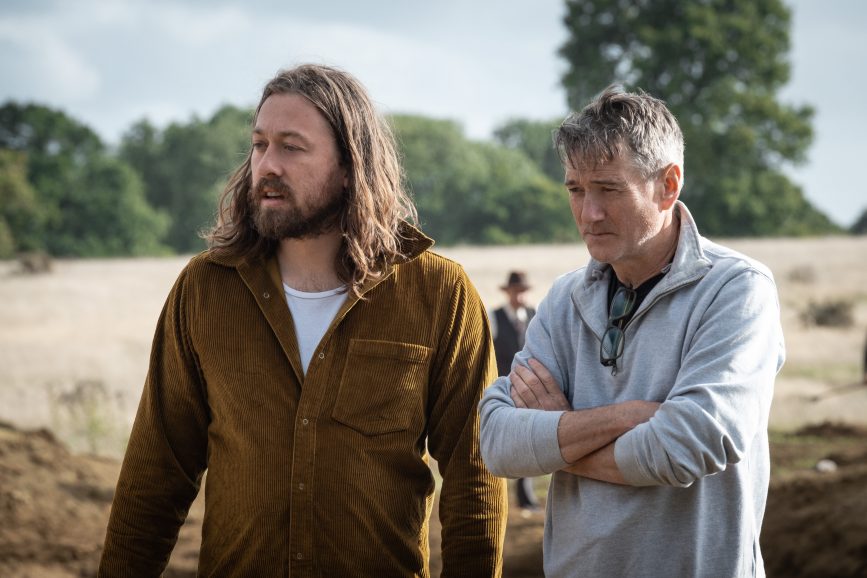
Shaping the industry
Eley was a recent and distinguished President of the BSC, serving between 2017 to 2021 during which time he championed greater diversity within the guild.
“What gives me optimism is seeing the young talent coming through but diversity is desperately needed. It’s great to see so many female cinematographers but we are not there by any means and our department has got a woeful record.”
His greatest concern for the future of the craft is the “creeping marginalisation” of the director of photography as creator and guardian of imagery in post.
“For years we’ve found it hard to stake our claim in the DI and grade and the danger is that the standing of the cinematographer could be relegated to being just the ‘image gatherer’ at the front of the pipe. I find it amazing that we’re still trying to make the case for being at the grade and that being a paid role. I believe my job is to see the image through the whole process. I think there is an attitude of disrespect to the craft of the DP in our industry.”
He is not one who views the imminent prospect of AI automating away the creation process as an existential threat, arguing that truly visionary and interesting filmmaking will only come from directors and their closest collaborators.
“The human eye and human sensibility will remain vital for storytelling even when the means of moving the camera will become mechanised and driven by tech.”
